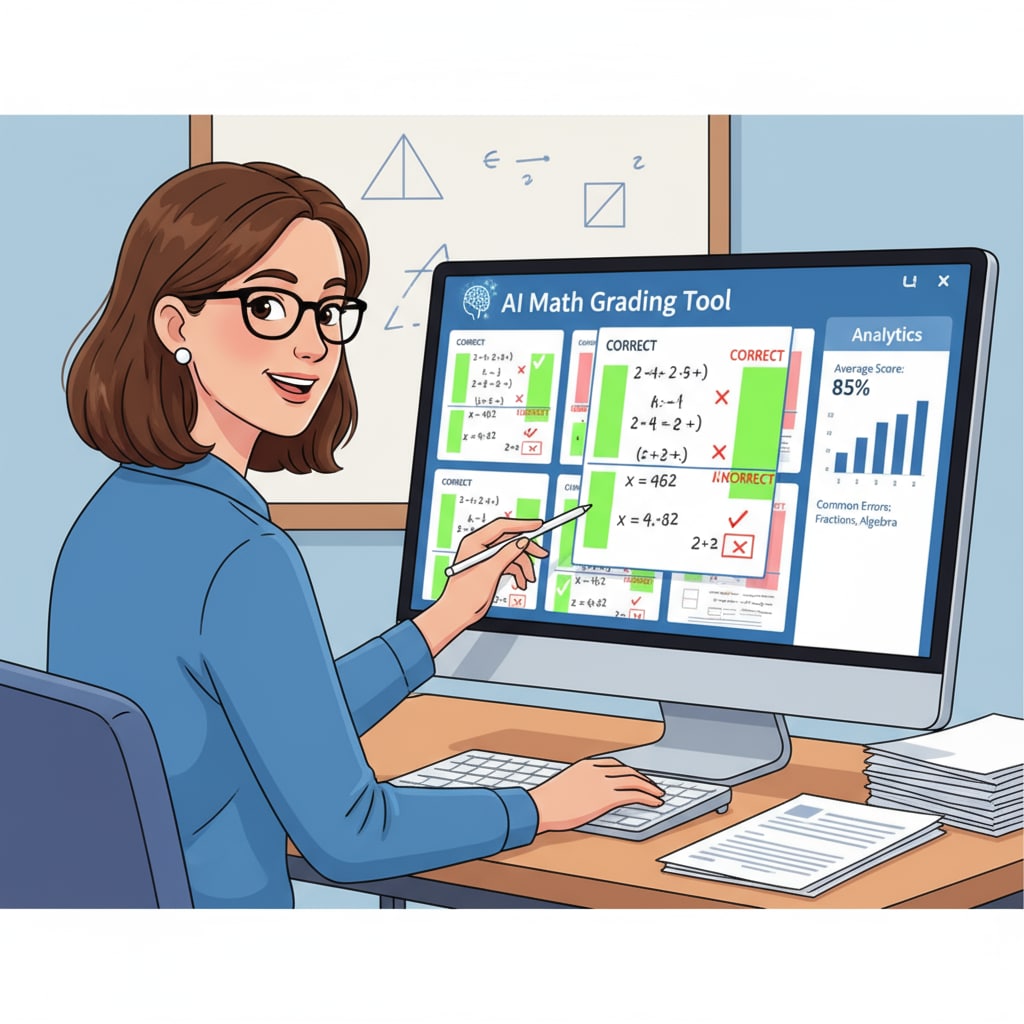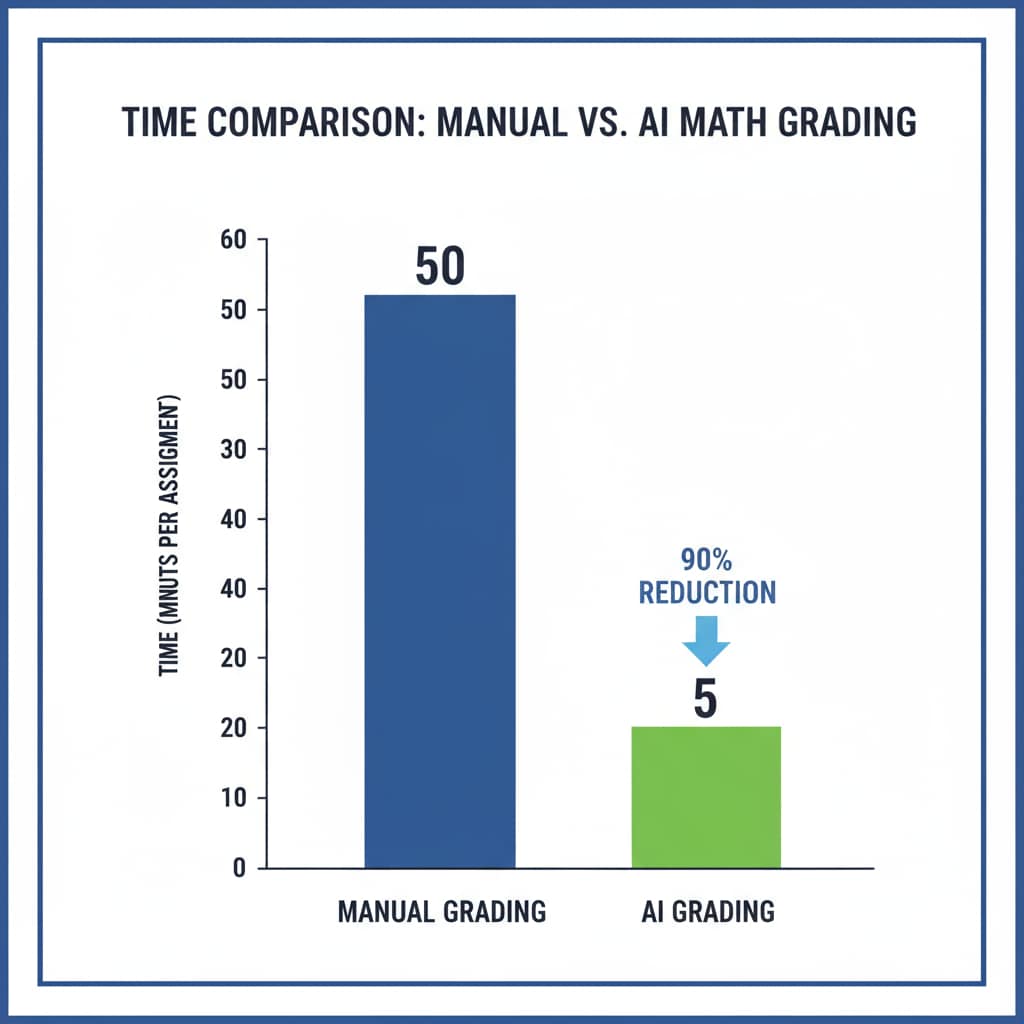AI math grading, teachers’ working hours, and workload are topics of great significance in the realm of modern education. In K12 education, the advent of AI math grading tools has sparked a wave of discussions about their potential to transform the teaching landscape. These tools claim to lighten the heavy burden that teachers often carry. But are they truly the saviors they seem to be? Let’s take a closer look.

The Promise of AI Math Grading in Reducing Workload
AI math grading tools offer several compelling features that have the potential to significantly reduce teachers’ workload. For example, these tools can quickly and accurately grade a large number of math assignments. In traditional grading, teachers often spend hours poring over students’ papers, checking calculations, and marking mistakes. With AI math grading, this time-consuming process can be automated. According to this report on Edsurge, many educators are already seeing a reduction in the time spent on grading, allowing them to focus more on other aspects of teaching, such as lesson planning and student interaction.

School Management’s Perception of Teachers’ Working Hours
However, the impact of AI math grading on teachers’ workload also depends on how school management views teachers’ working hours. Some school administrators recognize the value of these tools in freeing up teachers’ time. They understand that by reducing the time spent on grading, teachers can be more productive in other areas. On the other hand, there are still some schools where the focus remains mainly on academic outcomes, and the potential of AI tools to optimize teachers’ working hours is not fully exploited. As stated by the National Education Association, a comprehensive approach that takes into account teachers’ overall workload and well-being is crucial for the successful implementation of AI math grading tools.
Despite the potential benefits, AI math grading tools also face challenges in actual teaching. For instance, these tools may not be able to fully understand the nuances of students’ thought processes. Sometimes, a student’s non-standard solution might be misinterpreted as incorrect. In addition, there are concerns about the accuracy of grading in some complex math problems. However, with continuous technological advancements, these issues are gradually being addressed.
In conclusion, AI math grading tools have the potential to be a game-changer in reducing teachers’ workload. But for them to fully realize this potential, school management needs to play an active role in recognizing and supporting the proper use of these tools. By doing so, we can create a more efficient and teacher-friendly educational environment.
Readability guidance: The article uses short paragraphs and lists to summarize key points. Each H2 section provides a clear focus. The proportion of passive voice and long sentences is controlled, and transition words are used throughout to enhance the flow of the text.


